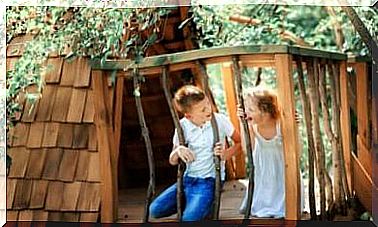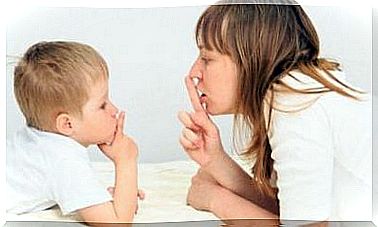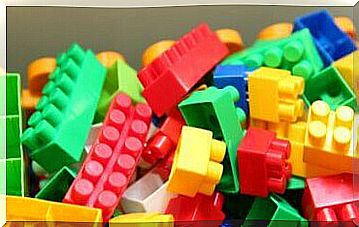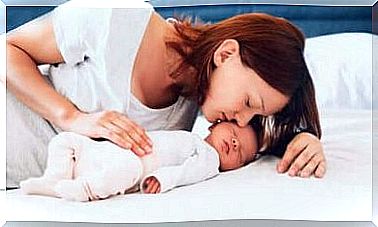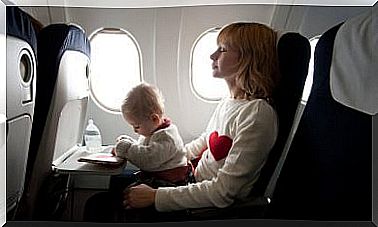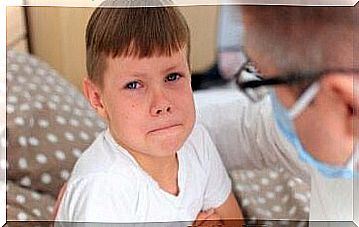Sting Allergy In Babies And Children – You Are Parents

Insect bite allergy occurs often and worries many parents. Even though, for the majority of babies and children, it is only mild and trivial annoyance, exaggerated or severe responses can be triggered.
Which insects can sting?
When we talk about insect bites, we are referring to the stings or bites caused by members of the arthropod family. There are four classes of arthropods with great medical importance:
- Chilopods : centipedes.
- Diplopods : also centipedes.
- Insects : Hymenoptera (fire ants, European hornets, wasps, bees), bugs, fleas, mosquitoes, moths and caterpillars, beetles and lice.
- Arachnids: ticks, scorpions, mites and spiders.
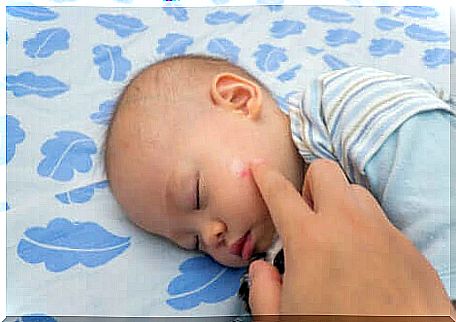
Clinical manifestations of sting allergy in infants and children
Allergic reactions to antigens in arthropod saliva are common and promote the development of itching and rashes on the skin, localized or generalized. Although arthropods can release toxic substances, the most important thing is their ability to transmit important diseases:
- Ticks: Lyme disease, relapsing fever, anaplasmosis, Rocky Mountain spotted fever, babesiosis, tularemia.
- Flies: leishmaniasis, tularemia, African trypanosomiasis, loiasis, bartonellosis.
- Fleas: murine typhus, tularemia, plague.
- Body lice: epidemic typhus, relapsing fever.
- Mosquitoes: malaria, dengue, yellow fever, West Nile virus, chikungunya, Zika virus, equine encephalitis.
Anaphylactic reaction
The most important allergic response to bites from external agents is the development of anaphylaxis, which can quickly be fatal. The signs that a baby or child with anaphylaxis may have are:
- Cough, suffocation or wheezing.
- Difficulty swallowing or breathing.
- Fainting.
- Paleness or flaccidity.
- Edema of the tongue or lips.
- Hoarse voice and difficulty speaking.
- Hives or intense itching.
In any of these situations, you urgently need to call an ambulance. If the lesion area becomes infected or becomes red, hot, and painful, doctor-prescribed antibiotics may be required.
Recommendations for preventing allergy to stings
The most important step in reducing the impact of bites in the body of children and babies is to prevent them.
Repellents
DEET ( N, N-diethyl-m-toluamide ) is the most studied and effective broad-spectrum repellant against biting arthropods, according to publications from The Medical Clinics of North America .
A very effective repellant contains between 20 and 30% DEET ( N, N-diethyl-m-toluamide ). Therefore, DEET in high concentrations (over 30%) can cause side effects, especially in children.
This is why it is recommended that repellents used on children contain no more than 30% DEET. Insect repellents are not recommended for babies under two months old. Alternatives to DEET include picaridin and PMD ( P-menthane-3,8-diol ).
Adequate clothing
Good clothes, such as long-sleeved t-shirts, light-colored pants and hats tend to reduce the chances of getting insect bites and contracting diseases transmitted by these vectors.
Applying permethrin to clothing greatly improves the deterrent of insect bites, even when spraying it on mosquito nets or in bedrooms when going to sleep.
What to do about a bite in babies and children?
The harm caused by bites on the body is due to several processes that are involved and related. Mechanical damage to the skin at the time of the bite causes swelling and pain. This injury then opens the door to different bacteria that can trigger a secondary infection.

The vast majority of bites can be treated at home, without having to go to the emergency room. Some of the treatment and hygiene measures are as follows:
- Wash the wound area with soap and water. If there is a stinger left or if the tick is stuck, you need to extract it.
- Treat pain with pain relievers.
- Avoid scratching the area. This can be achieved by using oral antihistamines, creams with calamine, or medium strength corticosteroids. Applying ice topically is also helpful and will help decrease inflammation.
- Some lesions can become superinfected. The skin then becomes hotter, red and painful and develops infectious cellulitis, which must be treated with oral antibiotics prescribed by the doctor.
About bite allergy in babies and children …
Bites in children and babies are very common. Local treatment and symptomatic control are usually sufficient.
In addition, the extent of the allergic reaction to the sting is greater during infancy and decreases as the child grows. The size of the reaction also depends on the child’s degree of allergy.

